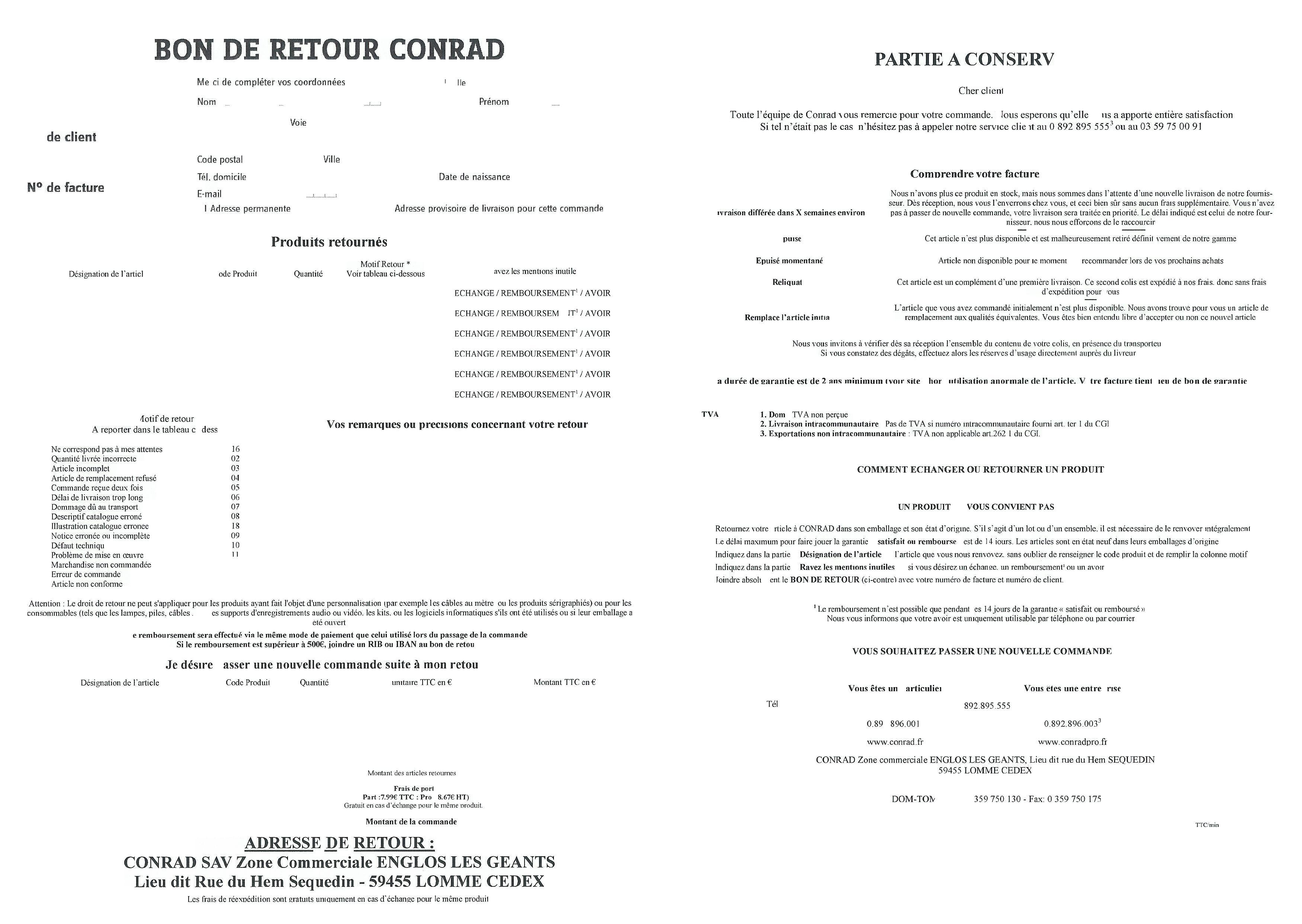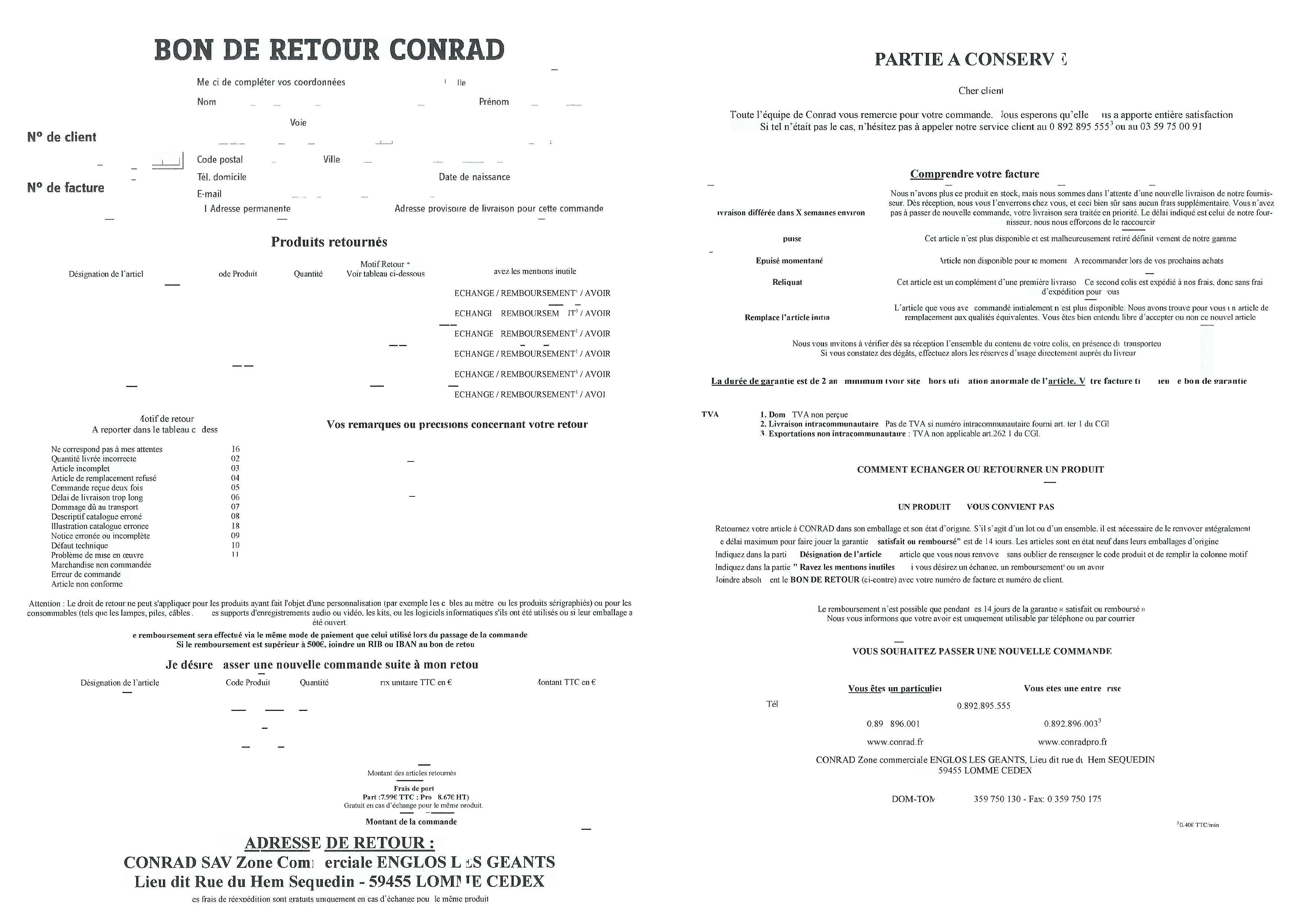Since swt has some debug infrastructure, I toggled OUTPUT_INTERMEDIATE_IMGS flag. On x86_64 (which passes), the output is:
SWT> 358084 rays found
SWT> 6410 possible letters found
SWT> Filtering 1: 6402 letters found
SWT> Filtering 2: 6349 letters found
SWT> 8898 valid pairs found
SWT> 2670 chains after merges
SWT> 9350 letters renderedbut on 32-bit, the output is:
SWT> 358084 rays found
SWT> 6410 possible letters found
SWT> Filtering 1: 6402 letters found
SWT> Filtering 2: 6349 letters found
SWT> 8898 valid pairs found
SWT> 2670 chains after merges
SWT> 9352 letters renderedThe swt_0003_gaussian, swt_0004_sobel_intensity, and swt_0005_sobel_direction differ, though the first two are barely visible. The diff on the last one is:
 But then the remaining intermediate images somehow match.
But then the remaining intermediate images somehow match.
 but then barely differs after the Gaussian:
but then barely differs after the Gaussian:
 or sobel intensity:
or sobel intensity:
 but is quite different after sobel direction:
but is quite different after sobel direction:
 and swt contains many extra rays:
and swt contains many extra rays:
 and after the median too:
and after the median too:
 The rest are basically a combination of the canny diff and the extra rays.
The rest are basically a combination of the canny diff and the extra rays.
As noted in #2, tests fail on alternate arches. Though #10 has fixed some of them, there are still a few problems which I don't really know how to fix as I'm not really familiar with the algorithms. Below are the results and diffs that might be clearer to someone with more idea of what the algorithms are doing to figure out what's wrong.
On i686, with this diff (might need to zoom in to see):
with this diff (might need to zoom in to see):

test_swt2fails:On ppc64le, with this diff:
with this diff:

test_swtfails:On ppc64le, with this diff:
with this diff:

test_swt2fails:On ppc64le, with this diff:
with this diff:

test_cannyfails: